Apollo 11 Moon Landing: What can we expect for the next 50 years of space exploration?
- Published
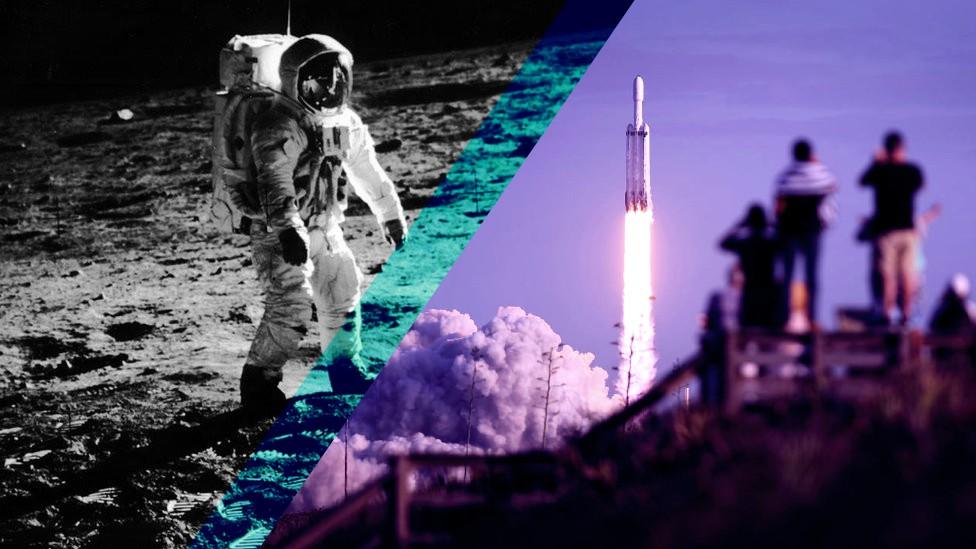
In case you haven't heard by now, on 20th July 1969 - 50 years ago today - the spacecraft Apollo 11 finally reached the Moon after a four day journey through space.
Neil Armstrong, one of the astronauts in Apollo 11, became the first ever human to walk on the surface of the Moon. This is considered by many to be one of the most significant moments in human history.
But that was in the 20th century. Surely, the 21st century will have some more space related achievements to excite us, right?
This got us wondering what the next 50 years of space exploration will look like. Here are five revolutionary plans for space.
1. Return to the Moon
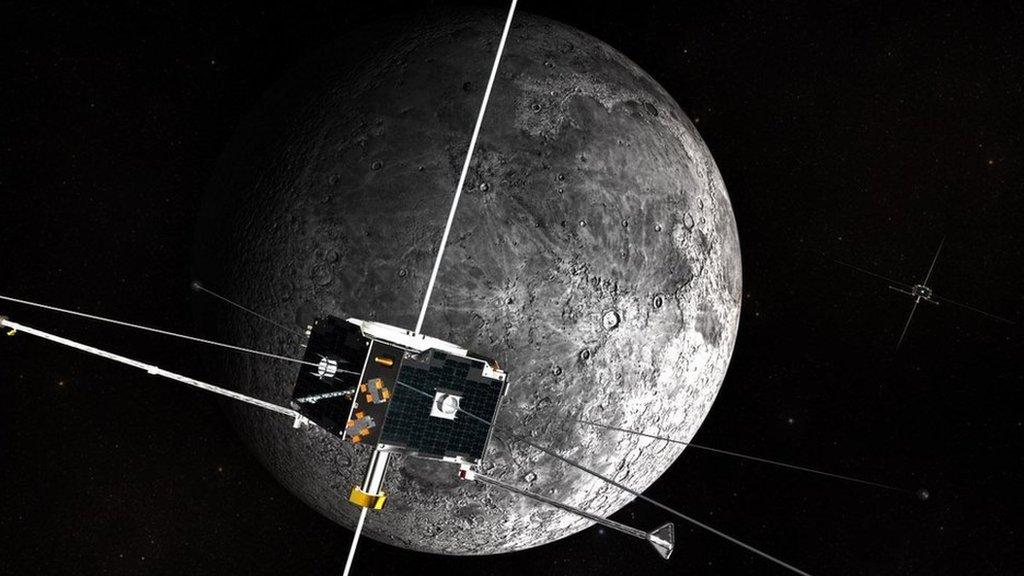
An artist's concept of the ARTEMIS spacecraft in orbit around the Moon.
We'll kick things off with probably the most famous space organisation - Nasa. By 2024, Nasa wants to land two astronauts on the lunar South Pole in a mission they call Artemis.
Artemis was the twin sister of Apollo and the goddess of the Moon in Greek mythology. Nasa's Artmeis will see the first woman and next man on the Moon.
If all goes well, Artemis will allow Nasa to establish a sustainable human presence on the moon by 2028, meaning that they will build bases on there.
With goals of sending humans to Mars these bases will help astronauts explore even further into space. Think of them like service stations, but in space!
2. A sample from an asteroid
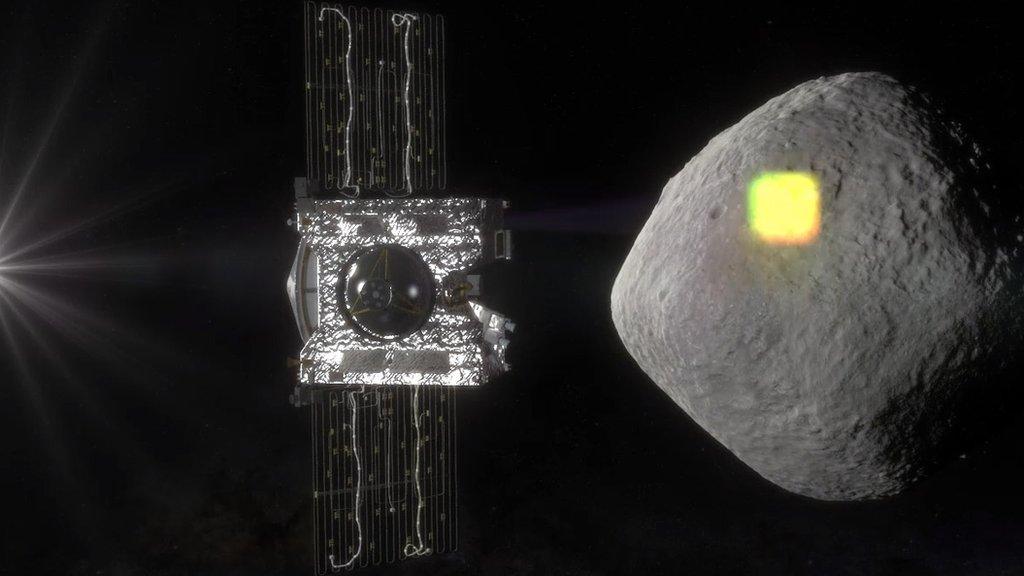
An artist's concept of OSIRIS-REx probe in orbit around the asteroid Bennu.
On 8th September 2016, Nasa launched the OSIRIS-REx probe and sent it on its way to the intriguing asteroid Bennu. The probe is currently orbiting the huge space rock and investigating the terrain to find a safe place to land.
Next year, in July 2020, it will briefly touch Bennu's surface and collect at least 60 grams (equal to about 30 packets of sugar) of dirt and rocks, but may collect up to 2,000 grams!
Once the samples are collected, OSIRIS-REx will store them in a capsule, travel back to Earth and drop off the samples in the USA by 2023.
So why is this worth getting excited about? Well, Nasa say that the asteroid is so old and well preserved that the investigation could contain clues to the origin of life as we know it.
3. SpaceX and reusable rockets
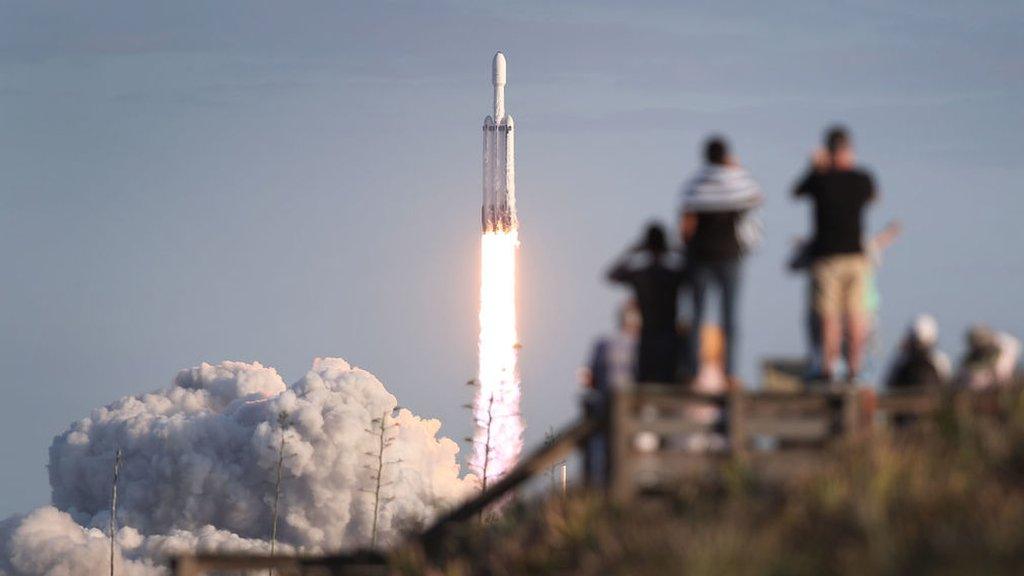
People watch as the SpaceX Falcon Heavy rocket lifts off from launch pad.
SpaceX is a private organisation, which means it isn't run by the government, and it has big plans for the future of space exploration.
CEO of SpaceX, Elon Musk, has seen the development of rockets such as the Falcon 9 which are capable of re-flight, meaning that they can land back on Earth and launch again.
The organisation say they believe that reusable rockets are the key breakthrough needed to reduce the cost of space access and enable people to live on other planets, something that will continue to develop for the next 50 years.
But that's not all. In 2023, Japanese billionaire Yusaku Maezawa will be the first person to pay to travel to the Moon and back. Musk believes the money will help space travel develop more, meaning that we could see more tourists taking trips into space.
4. Virgin Galactic and commercial space travel
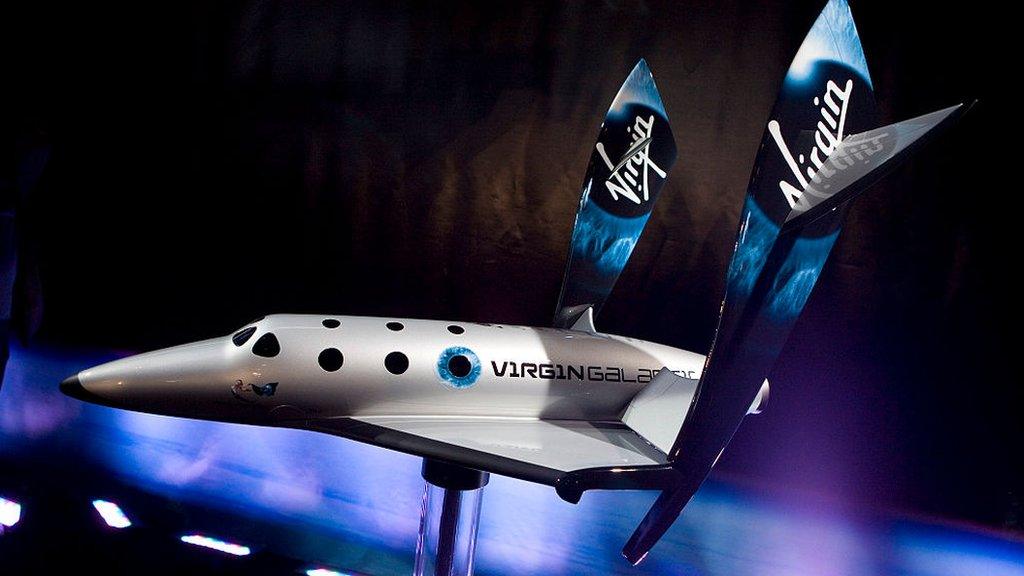
A model of the Spaceship Two is unveiled by Virgin Galactic in New York City.
Similar to SpaceX, Virgin Galactic is not run by the government and instead relies on other ways to fund its research.
Virgin Galactic are going to offer 2.5 hour trips around the Earth's orbit for the cost of $250,000, and once they are under way, this new industry will generate rapid learning and improvement, according to the company.
Within the next 50 years, space travel won't just be used for exploration and learning, but big businesses will make money selling experiences to tourists.
With the further development of reusable rockets making space travel cheaper, going to space could become a common experience for tourists looking for a holiday with a bit more excitement - although they will probably have to be very rich!
New space technologies developed by private companies will bring about fundamental change that will influence business and our personal lives
5. And of course... Mars!
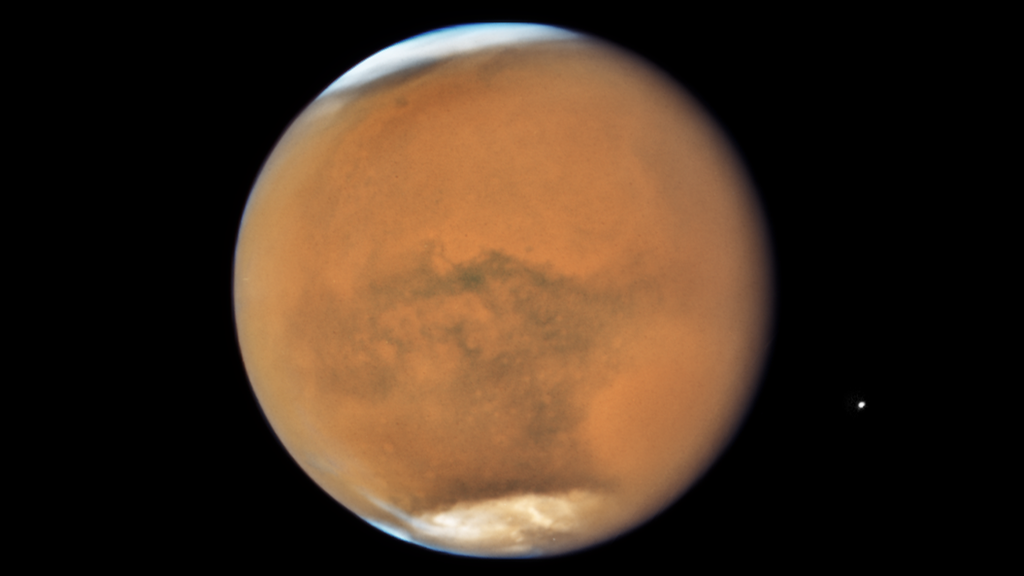
An image of the Red Planet, Mars.
How do you top going to the Moon? Maybe visiting the Red Planet known as Mars can do that! Let's return to Nasa.
With the help of a successful Artemis mission, Nasa will learn and test the skills required for such a long journey to the Red Planet. They are looking at sending astronauts to Mars as early as the 2030s.
James Fredrick "Jim" Bridenstine, Nasa's 13th administrator, even says that he is 'not willing to rule out 2033' as the year they finally achieve their goal, which Bridenstine says is to 'put an American flag on Mars.'
Following this, Nasa will look at establishing a sustainable human presence (which they are hoping to do on the Moon before this) on Mars. This would mean that in the next 50 years, we could see many more humans venturing to the not-too-distant planet.
- Published19 October 2016
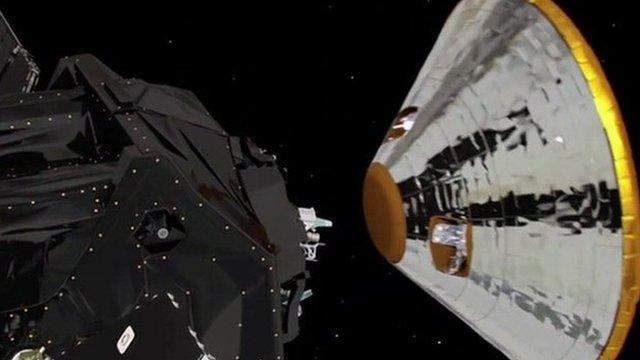
- Published13 March 2019

- Published18 August 2019

- Published14 April 2019
- Published16 July 2019

